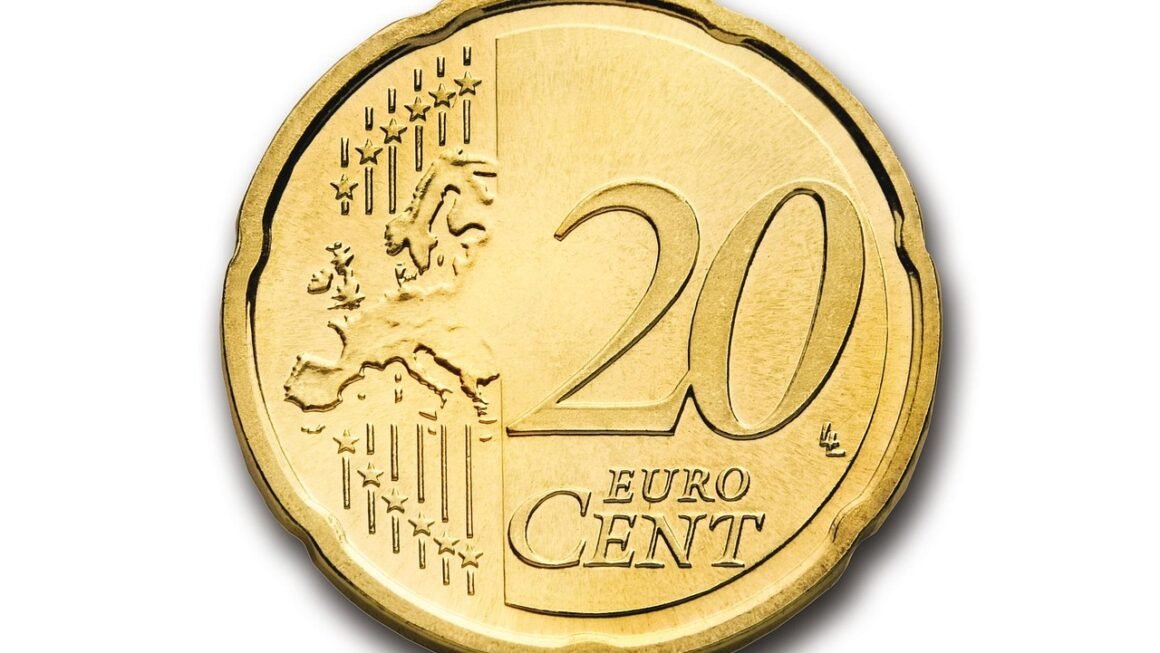Navigating the complexities of the modern economy can feel like sailing through uncharted waters, especially when terms like “inflation” start making headlines. But understanding inflation, its causes, and its impact on your everyday life is crucial for making informed financial decisions. This comprehensive guide will break down inflation into easily digestible segments, empowering you to understand and navigate this economic phenomenon.
What is Inflation?
Defining Inflation
Inflation, in its simplest form, is the rate at which the general level of prices for goods and services is rising, and subsequently, purchasing power is falling. It’s not about the price of one item increasing, but rather a widespread increase across the economy. We measure inflation as a percentage increase in the Consumer Price Index (CPI) or the Producer Price Index (PPI), typically on an annual basis.
- Consumer Price Index (CPI): Measures the average change over time in the prices paid by urban consumers for a basket of consumer goods and services.
- Producer Price Index (PPI): Measures the average change over time in the selling prices received by domestic producers for their output.
Examples of Inflation in Action
Imagine you could buy a loaf of bread for $2 last year, but now it costs $2.50. That’s a 25% increase in price for just one item. When this happens across a wide range of goods and services, it indicates inflation.
Another example: If your monthly grocery bill was $400 last year, and now it’s $450 for roughly the same items, you’re experiencing the direct impact of inflation on your personal finances.
Why is Inflation Important?
Understanding inflation is crucial because it directly affects:
- Your purchasing power: Inflation erodes the value of your money. With higher prices, you can buy less with the same amount of money.
- Interest rates: Central banks often adjust interest rates to control inflation. Higher interest rates can make borrowing more expensive (e.g., mortgages, loans).
- Investments: Inflation can impact the real return on your investments. An investment may appear to be growing, but the true return might be lower when adjusted for inflation.
- Savings: Inflation can diminish the real value of your savings over time.
Causes of Inflation
Demand-Pull Inflation
Demand-pull inflation occurs when there is too much money chasing too few goods. When demand for goods and services exceeds the economy’s ability to produce them, prices get pulled upwards.
- Example: During periods of rapid economic growth, consumers have more disposable income and are willing to spend more. If the supply of goods and services doesn’t keep pace with this increased demand, prices will rise. Government stimulus packages can also fuel demand-pull inflation if they inject large amounts of money into the economy quickly.
Cost-Push Inflation
Cost-push inflation happens when the costs of production increase, leading businesses to raise prices to maintain their profit margins. These costs can include raw materials, wages, and energy.
- Example: A sudden increase in oil prices (a key input for many industries) can lead to higher transportation costs, manufacturing costs, and ultimately, higher prices for consumers. Similarly, if labor unions successfully negotiate significant wage increases across multiple sectors, businesses may pass those higher labor costs onto consumers in the form of higher prices.
Monetary Inflation
Monetary inflation relates to the money supply. If the money supply grows faster than the economy’s output, there is more money available to purchase the same amount of goods and services, leading to higher prices.
- Example: When a central bank prints more money without a corresponding increase in economic output, the value of each unit of currency decreases, leading to inflation. This is often referred to as “debasement” of currency.
The Impact of Inflation
Effects on Consumers
Inflation can significantly impact consumer spending and savings habits.
- Reduced Purchasing Power: As mentioned, inflation erodes the value of money, meaning consumers can buy less with the same amount.
- Changes in Spending Habits: Consumers may cut back on discretionary spending and prioritize essential goods and services. They may also seek out cheaper alternatives or delay purchases.
- Increased Debt: To maintain their standard of living, some consumers may take on more debt, which can create financial challenges in the long run.
Effects on Businesses
Businesses also face challenges and opportunities during periods of inflation.
- Increased Costs: Businesses face higher costs for raw materials, labor, and transportation.
- Pricing Strategies: Businesses need to adjust their pricing strategies to maintain profitability without alienating customers. This can involve raising prices, reducing the size or quality of products (shrinkflation), or absorbing some of the cost increases.
- Investment Decisions: Inflation can influence investment decisions. Businesses may be hesitant to invest in long-term projects if they are uncertain about future costs and demand.
Effects on the Economy
The broader economy can also be affected by inflation.
- Economic Instability: High inflation can create uncertainty and instability in the economy, making it difficult for businesses and consumers to plan for the future.
- Reduced Competitiveness: If a country experiences higher inflation than its trading partners, its exports may become less competitive, leading to a decline in economic growth.
- Impact on Monetary Policy: Central banks use monetary policy tools, such as interest rate adjustments and open market operations, to control inflation. High inflation can lead to tighter monetary policies, which can slow down economic growth.
Strategies for Managing Inflation
Investing in Inflation-Resistant Assets
Certain assets tend to hold their value or even increase in value during periods of inflation.
- Real Estate: Historically, real estate has been a good hedge against inflation, as property values and rental income tend to rise with inflation.
- Commodities: Commodities like gold, silver, and oil can also act as inflation hedges, as their prices often increase during inflationary periods.
- Treasury Inflation-Protected Securities (TIPS): TIPS are government bonds that are indexed to inflation, meaning their principal value adjusts with changes in the CPI.
- Stocks: While stocks are riskier, some sectors, like energy and consumer staples, tend to perform well during inflationary periods.
Budgeting and Expense Management
Creating a budget and tracking your expenses can help you identify areas where you can cut back and save money.
- Track Your Spending: Use budgeting apps or spreadsheets to monitor your income and expenses.
- Identify Areas to Cut Back: Look for areas where you can reduce spending, such as dining out, entertainment, or subscriptions.
- Negotiate Bills: Negotiate lower rates for your internet, cable, or insurance bills.
- Shop Around for Better Deals: Compare prices at different stores or online retailers to find the best deals.
Seeking Wage Increases
While not always possible, seeking wage increases to keep pace with inflation can help maintain your purchasing power.
- Research Industry Standards: Understand what your peers are earning and use this information to negotiate a fair salary.
- Highlight Your Value: Demonstrate your contributions to the company and explain why you deserve a raise.
- Be Prepared to Negotiate: Be willing to negotiate and compromise to reach a mutually agreeable outcome.
Conclusion
Inflation is a complex economic phenomenon with wide-ranging impacts on consumers, businesses, and the overall economy. By understanding the causes and effects of inflation, and by implementing effective strategies to manage its impact, you can protect your financial well-being and make informed decisions during inflationary periods. Staying informed and proactive is key to navigating the ever-changing economic landscape. Remember to review your financial strategies regularly and adapt them as needed to account for changes in inflation and the broader economic environment.



